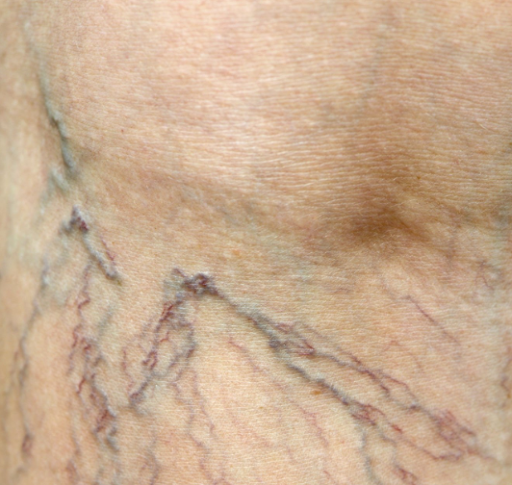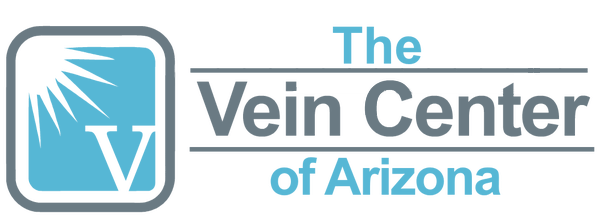Are varicose veins and spider veins hereditary?


Do you need to expect vein conditions if your parents have vein problems? Which vein diseases run in families? This article explains different vein problems plus genes related to vascular disease and effective ways to stop or correct vein issues.
The Differences Between Varicose Veins and Spider Veins.
Varicose Veins:
Varicose veins lead to leg swelling and pain along with visible discolored stretched veins that appear beneath the skin surface. The vein will stop functioning when it faces too much pressure. If a vein stops working it loses its ability to push blood back to the heart and the blood remains trapped in the vein. Blood pooling in veins makes them stretch and expand into varicose veins.
When varicose veins stay untreated they worsen and boost the chance of blood clots developing in deep veins known as DVT. DVT is a harmful blood clot that develops inside deep veins. Treating varicose veins protects our overall health.
Spider Veins:
The skin looks like spider webs when you see thin visible veins called Telangiectasia which differ from varicose veins. These blood vessels do not endanger health but patients get them taken out because they affect appearance.
Hereditary vs. Lifestyle: What Contributes More?
What makes vein problems start in our bodies? Does lifestyle behavior explain more of these conditions or does genetic inheritance dominate at play?
Family passes vein problems from one generation to another. Research reveals that you will face a 40% greater chance of vein issues as a result of hereditary varicose veins in either parent. Beyond genetic inheritance, other elements play a role. Hormone changes plus age weight lifestyle and injury determine who will develop varicose veins.
Signs That You May Be Genetically Prone to Varicose and Spider Veins
Your genetic risk for varicose and spider veins shows through these indicators. You develop vein issues because of a health problem known as chronic vein insufficiency or CVI. Do you want to know if inherited gene traits make you likely to develop varicose or spider veins? Here are some of the signs.
- Your parent or parents developed varicose or spider vein problems: Your odds of getting these vein issues grow to 40% when only one parent has them while your risk increases to 90% when both parents possess varicose or spider veins.
- Early Onset: You likely have an inherited vein tendency when developing spider veins in your early years.
- Easily Damaged Veins: Your vein weakness likely comes from inherited traits because your veins swell and bruise when you suffer minor injuries.
- Visible Veins Not Due to Lifestyle: When your veins become obvious without standing or weight gain yet show up without reason it indicates you might have inherited a tendency toward vein problems.
- Family History of CVI: The risk of inheriting a vein disorder grows if a blood relative experienced vein conditions previously.
Does Lifestyle Matter When Your Family History Includes Vein Conditions?
After learning that varicose and spider veins appear throughout your family history. Don’t lose hope. You can lower your risk of varicose and spider veins by changing how you live.
- Stay Active:
Swimming walking or cycling promotes better vein health through regular physical activity.
- Elevate Legs When Possible:
When you prop up your legs above your heart for 15 minutes you lower vein pressure.
- Maintain Healthy Weight:
Your blood vessels require less strain if you stay at a healthy weight.
- Compression is Your Friend:
Wear compression socks for your flight and when you need to stand for long hours.
- Wear Sensible Shoes:
Your leg muscles shorten when you wear heels because it makes your veins work harder.
- Enjoy a Vein-Friendly Diet:
Your veins will benefit from a diet packed with fiber-rich foods that are low in salt and contain antioxidants.
- Limit Alcohol Consumption:
Alcohol use makes your veins tighten which lets blood collect more easily in the veins.
Starting Vein Treatments Early Prevents Progression
Visit your doctor as soon as you detect a problem vein. You need to begin medical care as soon as you detect a vein problem to stop it from advancing.
People who inherit varicose and spider veins from their parents have multiple options to reduce vein symptoms
Despite being a valid treatment choice many advanced options show better results in treating and getting rid of varicose veins effectively. Some of these treatments include:
- Endovenous Thermal Ablation
- Ambulatory Phlebectomy
- Sclerotherapy
- Non-Thermal Ablation
- Yoga Therapy Offers Help for Varicose Veins
Ask your doctor for precise details about this condition.
FAQS:
Do you need a family history to develop varicose veins?
Anyone can experience varicose veins no matter how their family members look. Multiple lifestyle choices including little physical activity, weight issues, standing long hours, alcohol intake, and fatty foods can increase your chances of vein problems.
Does exact medical testing reveal my hereditary risk?
Scientists have not yet developed tests to find out if your family genes affect your risk for vein disease. Speak to your doctor quickly when family vein conditions worry you. Poor vein health raises the risk of deep vein thrombosis so you need to keep watch for any modifications in your veins.
Book a Consultation at the Vein Center in Arizona:
If you want to speak to a doctor about your genetic risk of varicose or spider veins, Vein Center in Arizona is the obvious choice. Our doctors are experts in vein treatment, from vein treatment to fibroid treatment to other vascular procedures. We are known for our expertise in vein therapy. For more information, visit our website or schedule a consultation with our team.
Resources:
- American Vein and Lymphatic Society. (n.d.). Varicose Veins and Heredity. Retrieved from https://www.myavls.org
- National Heart, Lung, and Blood Institute. (2020). Varicose Veins. Retrieved from https://www.nhlbi.nih.gov
- Mayo Clinic. (2022). Varicose Veins. Retrieved from https://www.mayoclinic.org
- Cleveland Clinic. (2021). Varicose and Spider Veins: Causes and Risk Factors. Retrieved from https://my.clevelandclinic.org
- WebMD. (2021). Spider Veins and Varicose Veins. Retrieved from https://www.webmd.com
